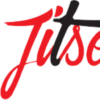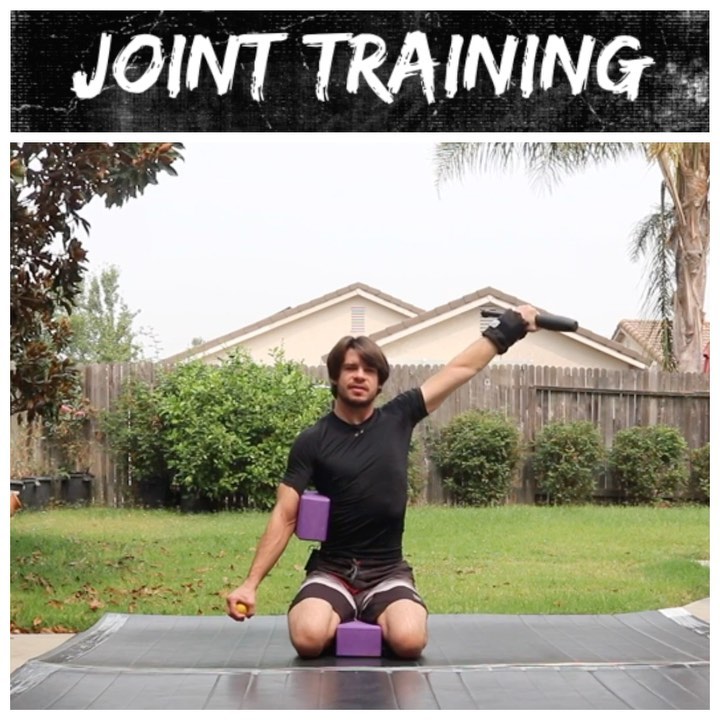Shoulder Joint Training
••••••••••••••••••
1️⃣Achieve adequate flexibility (passive motion)
2️⃣Achieve adequate mobility (actively controlling your full range)
3️⃣End-range strengthening
.
“Ihashi et al. demonstrated internal rotation and external rotation will activate all of the rotator cuff musculature including supraspinatus (Wilk 1997).” A healthy shoulder will have an appropriate balance between force couples: deltoids and rotator cuff. This is why proper proprioception is essential. How do we improve shoulder proprioception?
End-range movements: “Guanche et al. (1995) found the presence of mechanoreceptors in the capsule, creating reflex arcs via capsular afferent nerves, resulted in muscle contraction (Hess 2000).” “Terry et al have theorized that stretch-sensitive mechanoreceptors within the capsular ligaments could be activated by tension, thus, producing a muscular contraction to protect the ligaments at the extremes of motion (Wilk 1997).”
.
Won’t extreme ranges of motion put stress on the joint capsule?
“The joint capsule collagen fiber orientation is comprised of radial fibers. The cross-linked capsular collagen structure assists in providing joint stability. During rotational movements, such as internal and external rotation, the collagen fiber bundles tighten, thus centering the humeral head and reducing humeral head displacement (Wilk 1997).”
.
One should have sufficient mobility and be able to minimize compensatory patterns before loading.
.
Indian clubs are one method of loading to create articular resilience for the shoulders. Changing body position is another way to significantly increase the difficulty.
.
Want to know more about Joint Training for the Grappling Athlete? Check out @thegrapplingathlete online symposium.
.
My next @kinstretch class will be focused on training the shoulder. Sunday 9/27 9am at @precisionjjacademy DM me for details.
.
References:
1️⃣Hess, S. A. (2000). Functional stability of the glenohumeral joint. Manual therapy, 5(2), 63-71.
2️⃣Wilk, K. E., Arrigo, C. A., & Andrews, J. R. (1997). Current concepts: the stabilizing structures of the glenohumeral joint. Journal of Orthopaedic & Sports Physical Therapy, 25(6)

